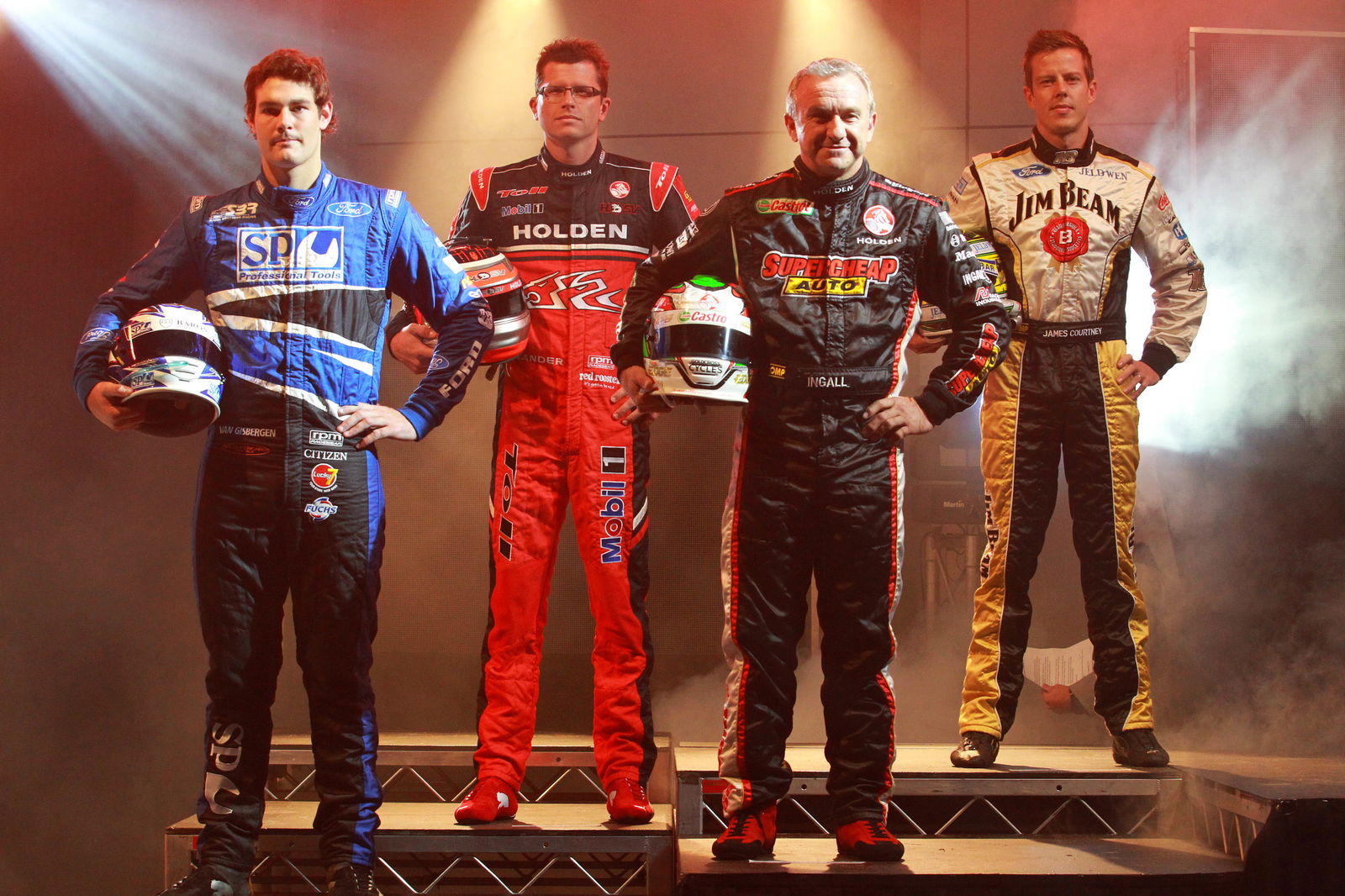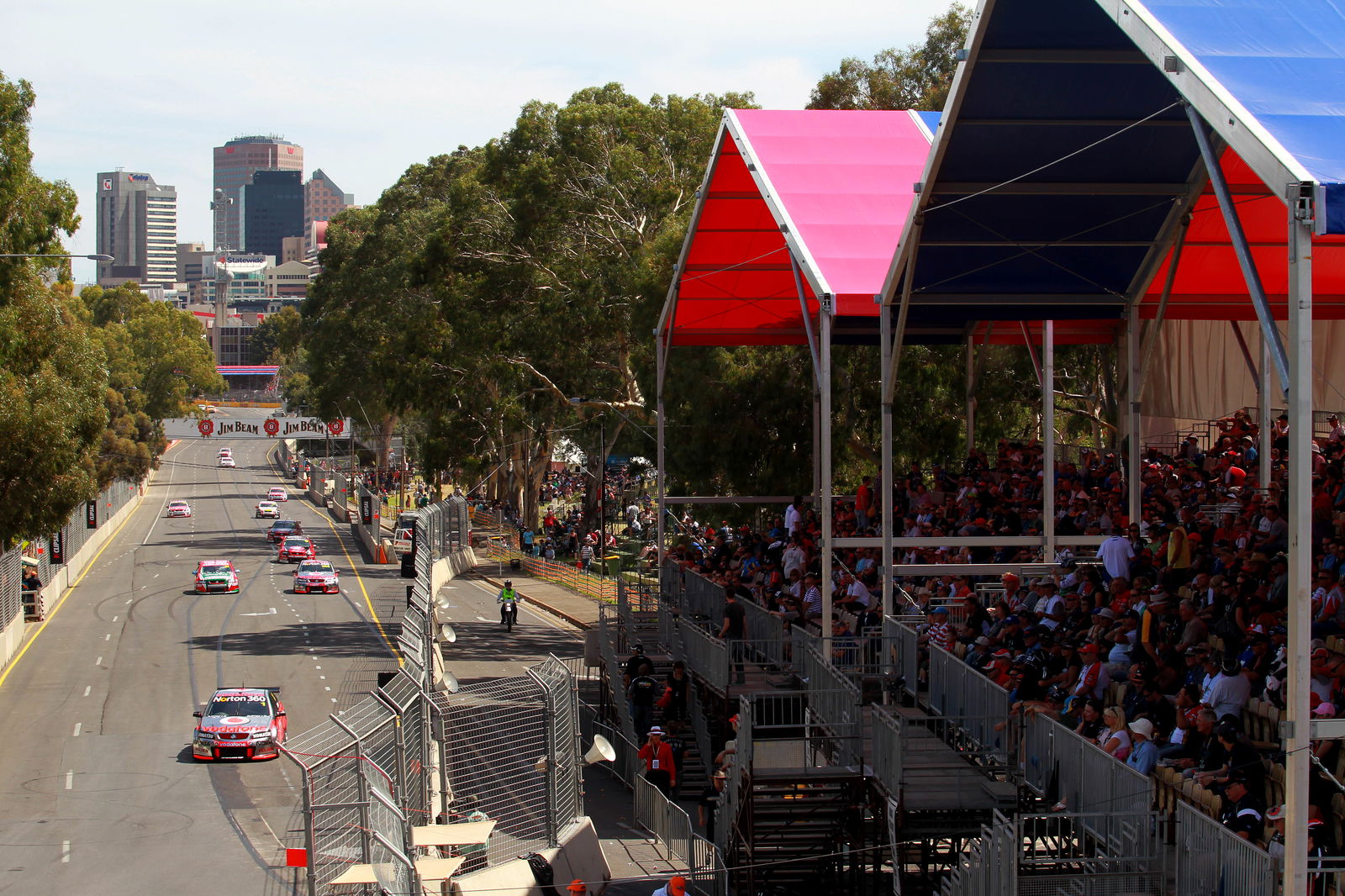V8s reveal Car of the Future blueprint

The much anticipated Car of the Future blueprint has guaranteed the long-term success of the V8 Supercar Championship Series well into the foreseeable future, at the same time allowing an entry pathway for more manufacturers to join the sport.
Former V8 Supercar and Australian sporting great Mark Skaife unveiled his 18-month labour in front of the country's media, car manufacturers, business leaders, Government representatives, motorsport heavyweights and industry insiders in Melbourne.
It was one of the single biggest defining moments in the long success of the V8 Supercar Championship Series and a blueprint designed to ensure the sport continues its impressive growth.
"This is a history making moment," V8 Supercars Australia Executive Chairman Tony Cochrane said. "For a long time V8 Supercars has been regarded as the most prestigious and admired touring car category in the world. The motorsport and motoring worlds have been watching this announcement very closely as it a massive opportunity for our sport to step up on several levels and attract a wider audience.
"Mark's plan is a collaboration of future building, business analysis, SWOT planning, common sense and a serious look at how we make the sport more cost effective for our major stakeholders, teams, but retain the very core of our success - terrific and exciting V8 Supercar racing."
The reliance on Holden and Ford as major backers of the sport and with the number of individual teams being reduced significantly since the inception of the Championship Series in 1993 when the two manufacturing giants provided the majority of the individual team financial support.
"In essence, we need to protect the DNA of the current competition that has operated successfully for 17 years, as well as expanding horizons in a changing industry landscape," Skaife told the assembled media, manufacturers, teams, sponsors and stakeholders at the packed unveiling.
"This means redefining regulations to promote what we believe is Australia's greatest motorsport category in ensuring that our drivers and teams continue to excel and provide a competitive and entertaining Championship Series.
"Our open shopfront policy will be based on potentially attracting additional manufacturers. We want to open the door to genuine high volume production, four-door sedans which will be configured as V8 rear wheel drive race cars under strict parity arrangements to compete equally against Falcons and Commodores.
"Any V8 engine can potentially be used where a manufacturer can modify one of its family V8 power-plants or utilise an existing category V8 Supercar engine. Who knows, this may open the door to teams fielding Nissans, Toyotas, Hyundais, Mazdas ... whatever!"
Skaife's master plan compliments the Project Blueprint parity system designed to maintain equality amongst the current Ford and Holden-based Series but also enables numerous other manufacturers to consider using the V8 Supercar Championship Series as a racing and marketing platform.
"This is evolution, not revolution," Skaife said. "Parity is something we are very good at in V8 land to ensure technical equivalency between vehicles and it has not been an issue with our Ford and Holden teams. The 888 team's successful switch between makes from last year to this year with minimum fuss is a classic example.
"Cost containment is also a vital aspect in ensuring the future health of our sport, as it has been for all categories, particularly NASCAR and Formula One in recent times. We now have in place a plan to reduce the cost of a rolling chassis by around 25% and further control costs of vehicle running, repair and engine development.
"Everybody knows that motor sport is an expensive business but we can't afford to price ourselves out of our own market. The nature of motorsport has long been that if the money is there it can, and will, be spent. Controlling those costs is a critical path forward.
"As such, a comprehensive component evaluation matrix has been formulated for implementation over specific target dates. We have applied a proper business case analysis in an effort to curb dollars spent, as the cost of winning a Championship has roughly doubled in the last fifteen years.
"The big picture here is that we already have a very successful sporting product that nonetheless must make headway in the future by remaining relevant to stakeholders, the car industry, team sponsors and our legion of fans - as well as do what we do best, put on a great show for the fans and our worldwide viewers."

